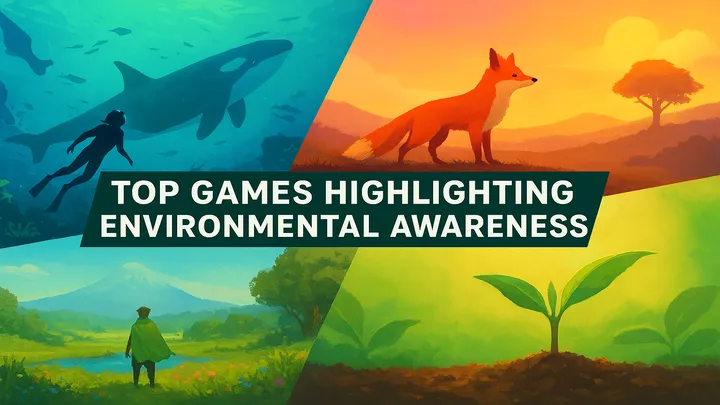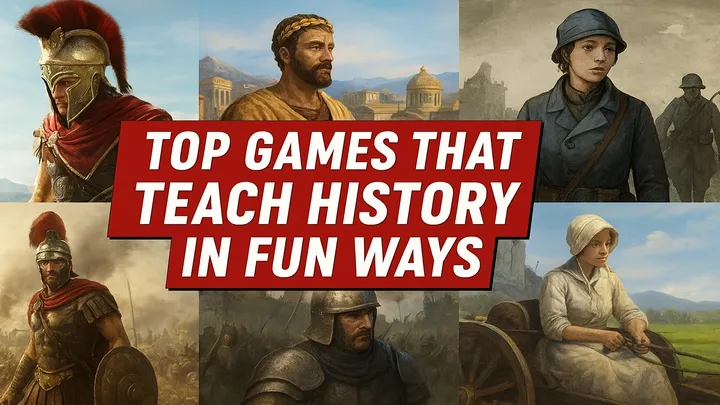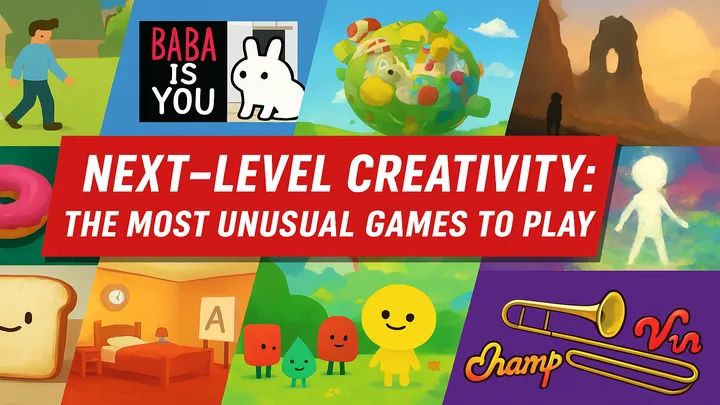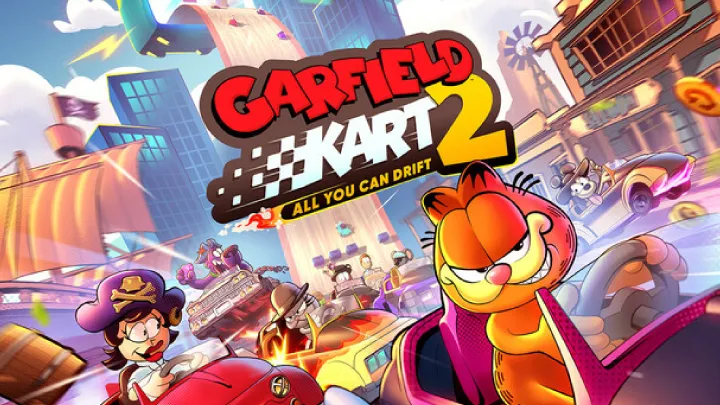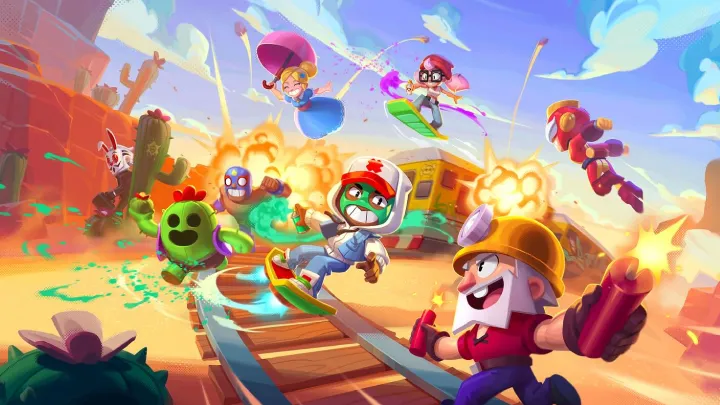When Minecraft was first released, its world felt empty. Beyond the hostile mobs and animals, there were few signs of a living society. Villagers, when eventually introduced, changed that landscape forever. What began as a group of simple, silent NPCs offering random trades has evolved into an intricate system of professions, economies, social behaviors, and village structures that now form the backbone of Minecraft’s living world. This article will explore the evolution of villager society in Minecraft, tracing their history, examining their role in shaping gameplay, and analyzing how their transformation reflects broader design choices in the game.
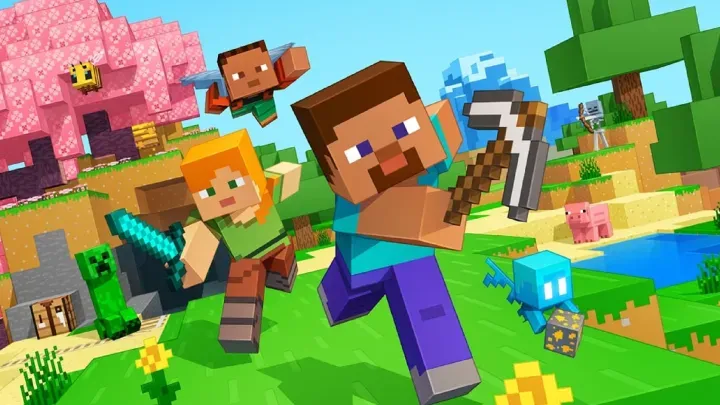
The Early Days of Villagers
In their initial iterations, villagers were little more than background characters. They spawned in villages, wore simple robes, and wandered aimlessly. Their only defining feature was their ability to trade, but even that system was rudimentary, offering arbitrary exchanges that often felt more frustrating than rewarding.
Players at this stage often saw villagers as set dressing rather than essential parts of the game. The lack of professions, variety, or meaningful interaction made them feel hollow compared to the game’s vibrant environments. However, even in their earliest form, villagers hinted at a greater possibility: the presence of intelligent life in Minecraft’s otherwise solitary world.
The Introduction of Trading Systems
The first real step toward villagers becoming meaningful was the introduction of trading mechanics. This allowed players to exchange emeralds for resources. While basic, it gave villagers a defined role: the gatekeepers of rare items.
Trades varied wildly, from offering enchanted books to selling food or tools. But the randomness often left players frustrated, as useful trades were rare. This unpredictability underscored a larger issue—villagers were not yet part of a balanced system, but rather an optional feature that didn’t integrate deeply with gameplay loops.
Still, the concept of trading planted the seeds of something larger: villagers as participants in an emergent economy.
Professions and the Birth of Village Identity
A massive leap forward came when villagers were given professions tied to job-site blocks such as lecterns, smithing tables, or composters. Suddenly, villages transformed from clusters of random NPCs into organized communities.
- Farmers tilled fields and sold crops.
- Librarians offered enchanted books.
- Blacksmiths provided tools and armor.
This addition introduced not only variety but also strategy. Players could now cultivate relationships with specific villagers to obtain valuable gear, transforming trading from luck-based exchanges into purposeful interactions. Villagers began to represent the first inklings of a structured society.
The Role of Villager Behavior
As villagers grew more advanced, so did their behaviors. They began following daily routines: waking up, working at job-site blocks, gossiping, and going to bed. This behavior injected life into the villages, making them feel more like bustling towns than static hubs.
This also introduced vulnerability. Villagers could panic during raids, hide from zombies, or even repopulate after attacks. Protecting a village became not just an optional task, but a moral and strategic responsibility for players. Villager AI gave them agency, and with it, a greater sense of immersion for players inhabiting the same world.
The Economics of Emeralds
Emeralds became the currency of villager society, transforming them from rare collectibles into a cornerstone of Minecraft’s economy. Players could mine emeralds in mountain biomes, but the more efficient method was often farming resources to trade with villagers.
This shift redefined the gameplay loop. Instead of endlessly mining or grinding mobs, players could now generate wealth through strategic trade routes. A farmer trading wheat for emeralds or a librarian selling mending books created incentives to establish permanent relationships with villagers.
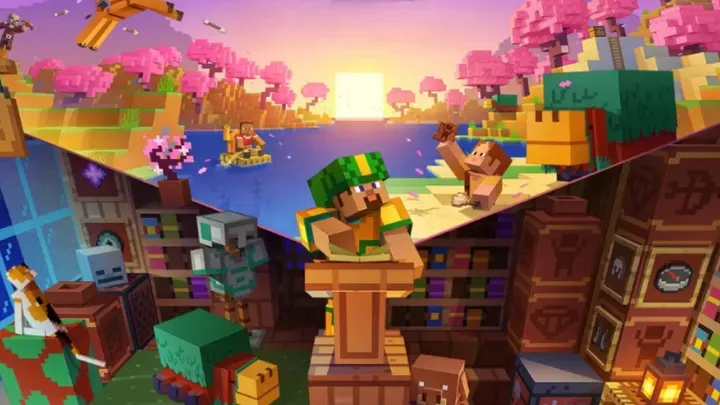
Emeralds effectively made villagers central to Minecraft’s mid-to-late game progression.
Raids and the Defense of Villager Society
The introduction of raids added another dimension to villager life. Pillagers, evokers, and other hostile mobs would attack villages, forcing players to defend their allies. This mechanic elevated villagers from passive NPCs to beings worth protecting.
Successfully defending a raid often rewarded players with discounted trades, symbolizing gratitude from the villagers. Failure, however, could result in devastation and loss of valuable community members.
Raids highlighted villagers’ fragility, reinforcing their identity as more than trade machines—they became partners in survival.
Villagers as Catalysts for Player Settlements
Villager society doesn’t just exist in isolation—it influences how players build and inhabit the Minecraft world. Many players choose to settle near villages for the convenience of trading and protection. Others go further, constructing massive “villager halls” or automated trading systems that integrate villagers into grand designs.
This relationship makes villagers central to Minecraft’s broader sandbox philosophy. They serve as catalysts for player creativity, inspiring architectural projects, automated systems, and even role-playing scenarios where players assume the role of protector, mayor, or merchant.
The Ethical Dilemmas of Villager Mechanics
With the rise of villager trading halls and automated farms, ethical questions emerged within the Minecraft community. Villagers, despite their simplistic AI, exhibit behaviors and identities that make them feel almost human.
Players began exploiting these mechanics:
- Trapping villagers in confined spaces for optimal trading.
- Breeding them endlessly for better trades.
- Sacrificing them during raids for strategic advantage.
This tension between efficiency and empathy underscores a larger theme in Minecraft: the fine line between mechanics and morality in sandbox games. Villagers force players to confront whether efficiency should always override immersion and ethics.
Villager Society as a Reflection of Minecraft’s Evolution
The story of villagers mirrors the evolution of Minecraft itself. From humble beginnings as placeholders with minimal functionality, they grew into a cornerstone of the game’s identity. Their development reflects Mojang’s broader design philosophy: introducing complexity gradually while ensuring accessibility and creativity remain central.
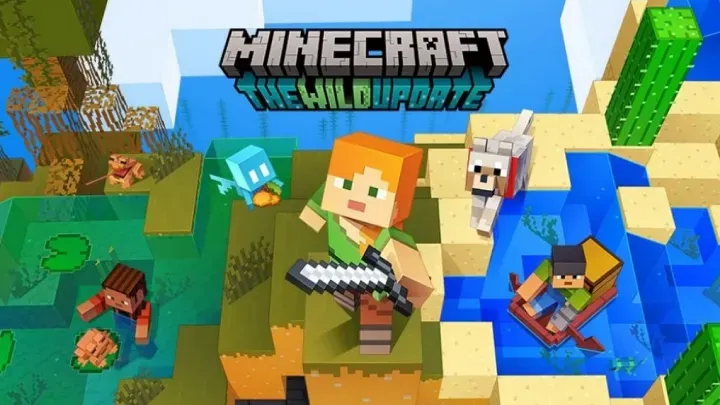
Just as Minecraft evolved from a simple block-building game into a sprawling ecosystem of mechanics, villagers evolved from silent wanderers into complex agents driving player behavior. Their society is both a reflection of and a contributor to the game’s growth.
The Future of Villager Civilization
Looking forward, the possibilities for villager society are vast. Potential expansions could include more advanced governance systems, trade networks between villages, or even rival civilizations. The groundwork has already been laid for villagers to transcend their current role and become dynamic participants in larger world-building mechanics.
With updates continuing to refine their AI and behaviors, it’s not far-fetched to imagine villages evolving into fully-fledged civilizations—ones that mirror the creativity and complexity of the players themselves.
Conclusion – Why Villagers Matter
Villagers may not wield swords or conquer dungeons, but they are one of Minecraft’s most important innovations. Their evolution from passive NPCs to dynamic community members has enriched the game’s world, offering depth, economy, and emotional connection.
They represent more than mechanics—they symbolize the living heart of Minecraft’s universe. Protecting them, trading with them, or even exploiting them all reflect the choices players make in shaping their own stories.
In the end, villager society demonstrates the magic of Minecraft: a simple idea, expanded over time, that grows into a complex and meaningful experience.













